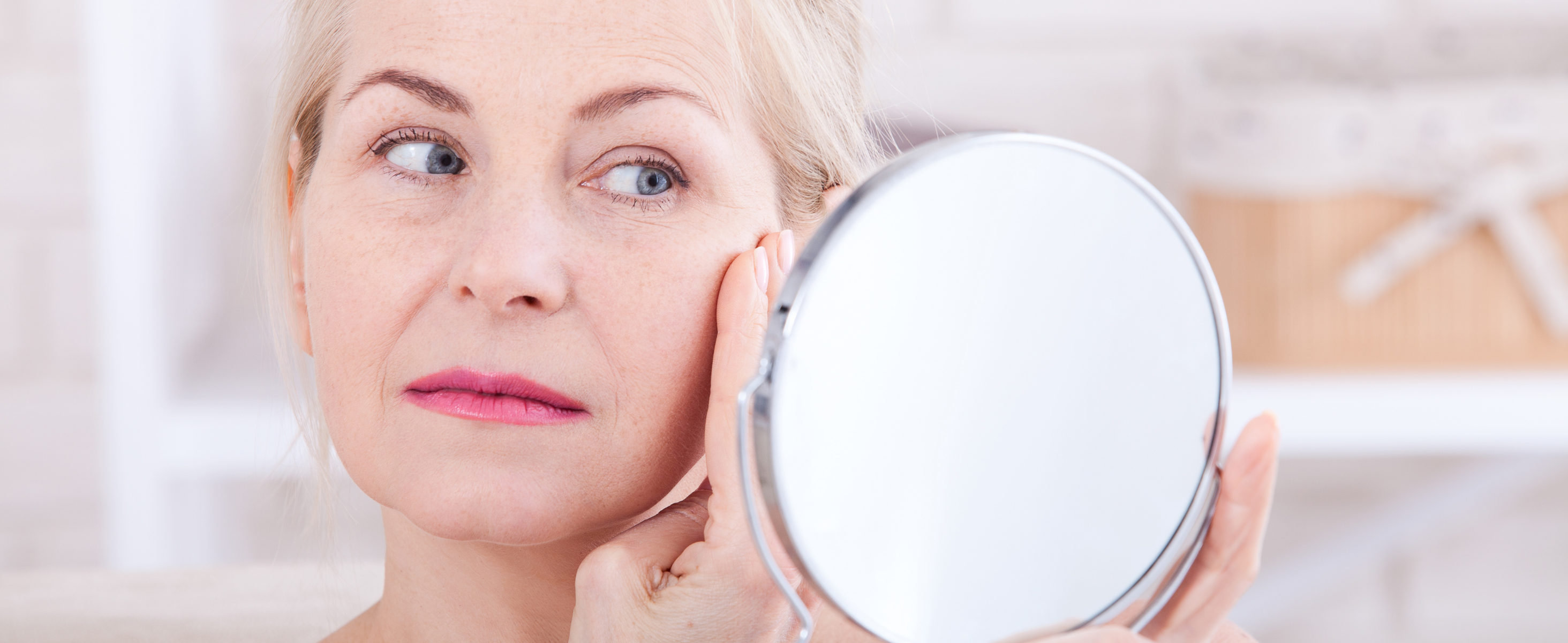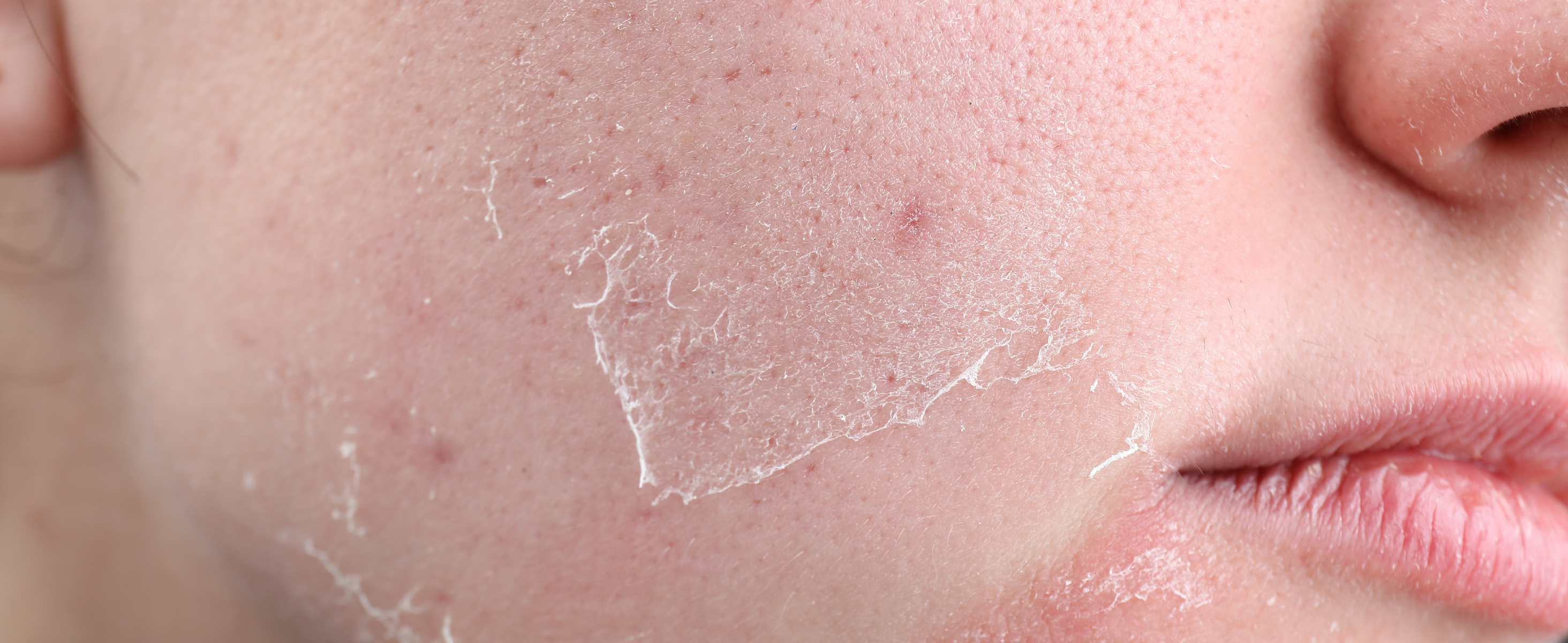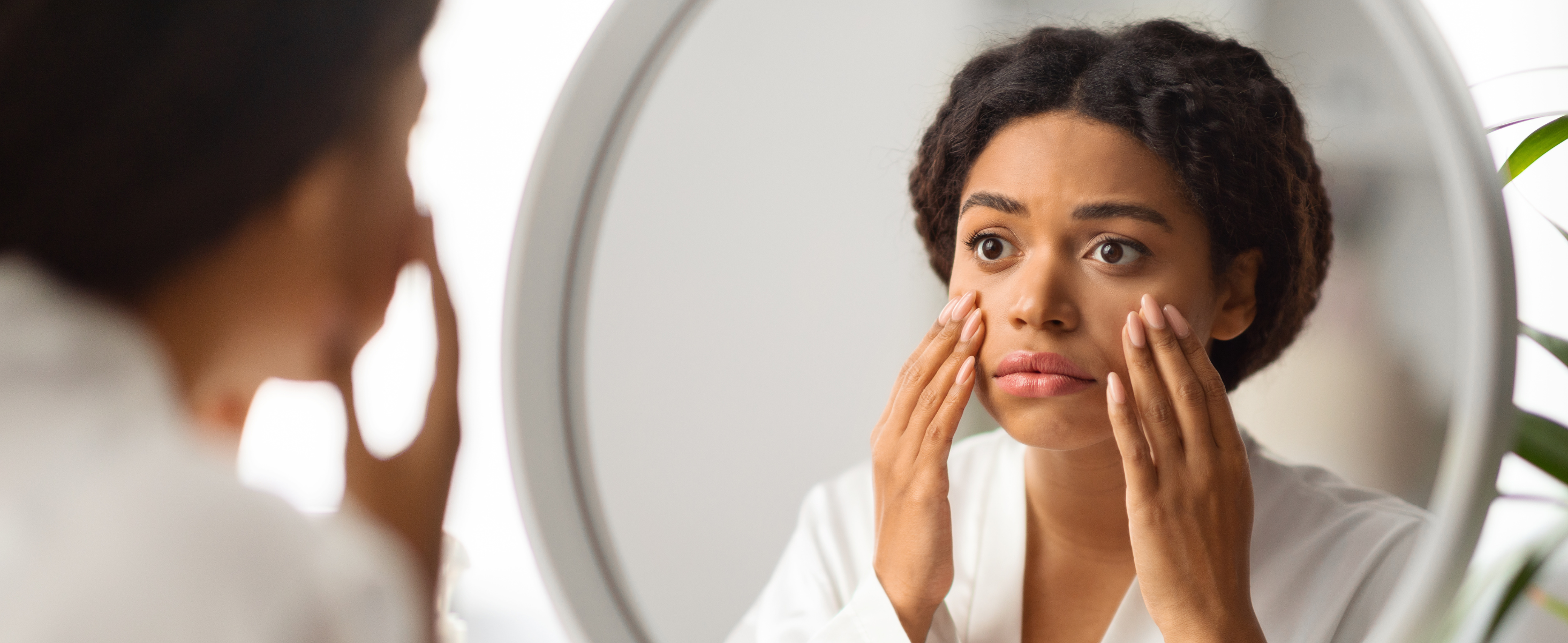Melasma is a stubborn skin condition characterized by brown or gray-brown patches on the face, particularly on the cheeks, forehead, upper lip, and nose. While many people focus on topical treatments like hydroquinone, retinoids, or acids to fade these pigment spots, one essential—yet often overlooked—factor in managing melasma is hydration.
Hydrated skin isn’t just about looking dewy and fresh; it plays a crucial role in how effectively your skin can recover, heal, and respond to melasma treatments. In this blog, we’ll explore how moisture affects your skin barrier, why hydration is key for pigmentation control, and how to optimize your skincare routine for both hydration and melasma treatment.
Understanding Melasma and Its Triggers
Before we dive into hydration, let’s briefly recap what melasma is and what causes it. Melasma occurs when melanocytes, the cells responsible for skin pigment, produce excess melanin. This leads to patchy discoloration and uneven skin tone. Common triggers include:
- Sun exposure
- Hormonal changes (e.g., pregnancy or birth control)
- Inflammation
- Genetics
- Skin irritation or overuse of harsh products
Because melasma is chronic and can be easily triggered, treatment requires a gentle, consistent, and well-rounded skincare routine.
The Link Between Skin Hydration and Melasma
So how does hydration fit into the picture?
1. A Strong Moisture Barrier Minimizes Irritation
Hydration helps reinforce your skin barrier—the protective layer that keeps moisture in and irritants out. When the skin is dry or dehydrated, the barrier becomes compromised. This leads to increased sensitivity, redness, and inflammation—all of which can worsen pigmentation or trigger new melasma patches.
Many melasma treatments, such as retinoids or exfoliating acids, can be drying. Without proper hydration, your skin becomes more vulnerable to irritation, reducing your ability to tolerate active ingredients that help fade discoloration.
2. Hydrated Skin Heals Faster
Melasma is a condition that worsens with inflammation. When your skin is hydrated, its natural repair processes work more efficiently. This allows your skin to bounce back faster from environmental stressors or active treatments. Hydration also helps soothe inflammation, which in turn reduces the risk of post-inflammatory hyperpigmentation (PIH), a major concern for those treating melasma.
3. Improves the Efficacy of Active Ingredients
Proper hydration enhances the absorption and tolerance of skin-brightening ingredients. Many serums and creams, such as those with Vitamin C, niacinamide, or tranexamic acid, work better when applied to skin that is soft, supple, and hydrated. Dehydrated skin can be tight and flaky, creating a rough surface that prevents products from absorbing effectively.
How to Keep Skin Hydrated While Treating Melasma
Hydrating your skin doesn’t mean just drinking water—although that helps too. It’s about topically supplying water, locking it in, and protecting the skin barrier. Here’s how to build a melasma-friendly hydration routine:
1. Use a Gentle, Hydrating Cleanser
Avoid harsh soaps or foaming cleansers that strip your skin’s natural oils. Instead, opt for a sulfate-free, creamy or gel-based cleanser that cleans without over-drying. Cleansing twice daily is important, but it should never leave your skin feeling tight.
2. Incorporate a Hydrating Toner or Essence
Hydrating toners, essences, or mists can prep your skin to absorb the next steps in your routine. Look for ingredients like:
- Glycerin
- Hyaluronic acid
- Panthenol
- Aloe vera
These ingredients help draw water into the skin and calm any irritation from actives.
3. Apply a Brightening Serum Followed by Moisturizer
Layer your treatment serums—such as Vitamin C or niacinamide—while the skin is slightly damp. Follow up immediately with a moisturizer that contains both humectants (to attract water) and occlusives/emollients (to lock moisture in). Some excellent hydrating and barrier-repair ingredients include:
- Ceramides
- Squalane
- Shea butter
- Fatty acids
4. Use Sunscreen Every Single Day
Sun protection is non-negotiable when treating melasma. UV rays trigger melanin production and can undo weeks of progress. Choose a broad-spectrum SPF 30 or higher, preferably one that also contains hydrating ingredients and antioxidants like Vitamin E or green tea.
Mineral sunscreens (zinc oxide, titanium dioxide) are gentler for sensitive or melasma-prone skin.
5. Consider Overnight Hydration Masks
At night, your skin enters repair mode. You can enhance this process with an overnight mask or sleeping pack a few times a week. These deeply hydrating products work to replenish moisture, calm irritation, and strengthen the skin barrier overnight.
Final Thoughts: Hydration Is Not Optional—It’s Essential
Melasma is a complicated condition that requires patience and consistency. While it may be tempting to jump straight into aggressive treatments, don’t underestimate the power of simple hydration. When your skin is well-hydrated, it functions better, heals faster, and responds more positively to treatment.
By prioritizing hydration in your skincare routine—alongside sun protection and melasma-specific actives—you give your skin the best chance at long-term clarity and even tone.








